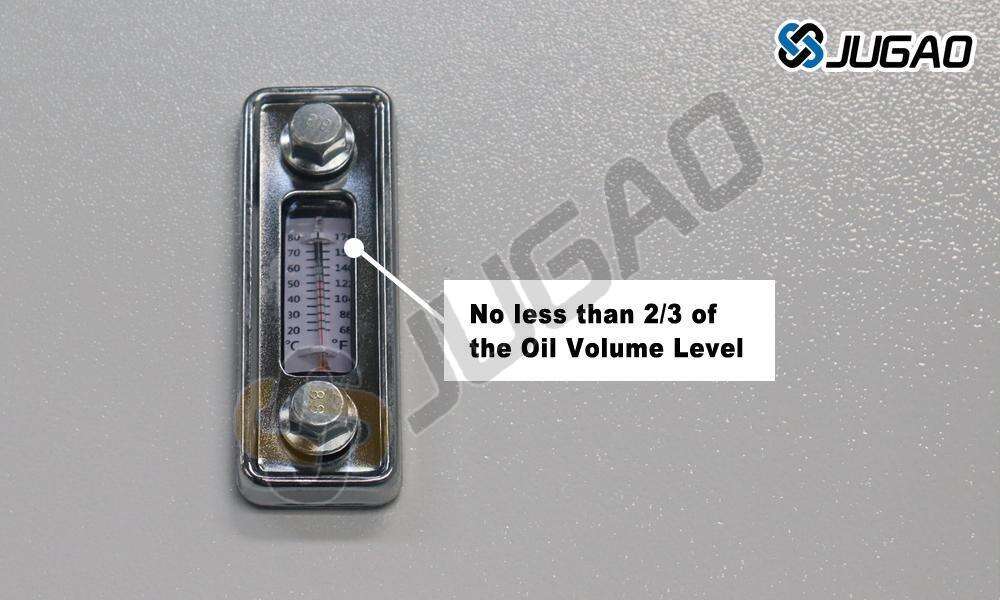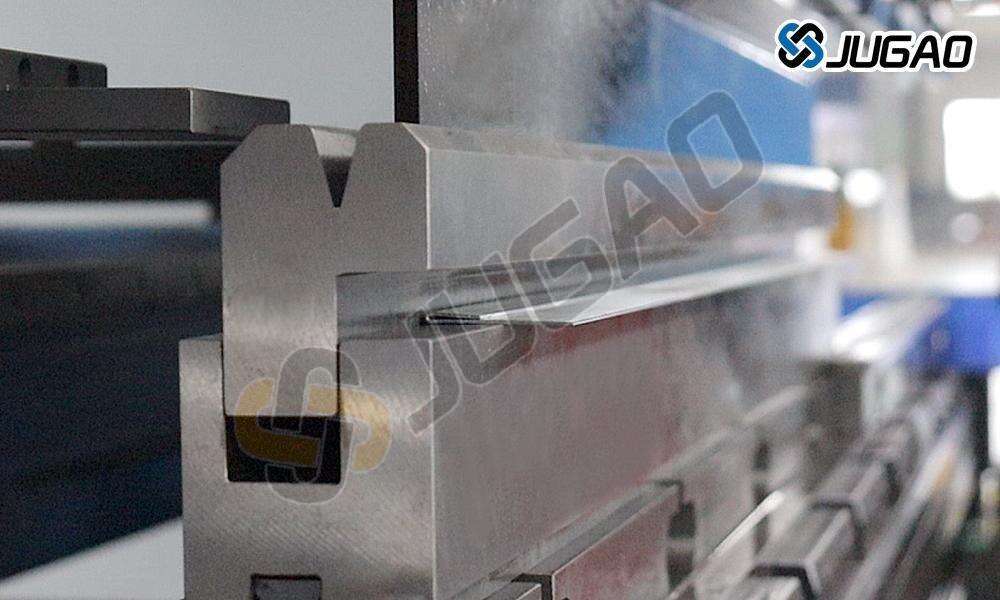How to Resolve Synchronization Issues in an Electro-Hydraulic Press Brake?
When an electro-hydraulic press brake experiences synchronization problems, a mechanical rack mechanism can be employed to enforce synchronization. Worm gears are installed above and below the rack connected to the CNC press brake, engaging with corresponding gears mounted on the rack. These worm gears serve a guiding function, compensating for positional deviations through the meshing action between the drive gear and the worm gear. Only by ensuring high manufacturing precision of both the worm gear and drive gear can the two working cylinders of the CNC press brake achieve accurate synchronization.
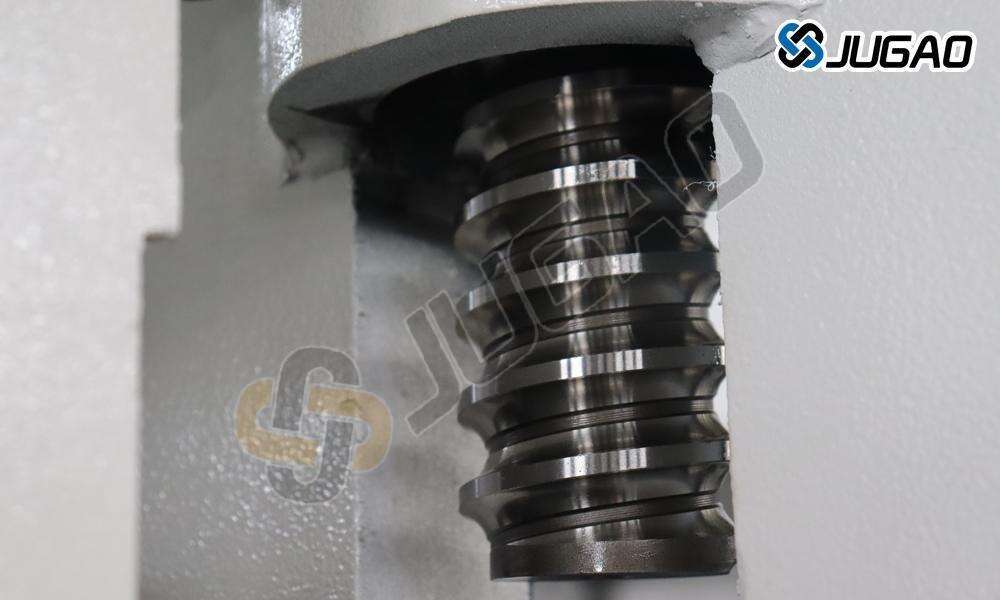
To maintain return oil consistency between the two cylinders, the return pipelines should be designed with similar friction resistance. This requires identical pipe diameters, lengths, numbers of bends, and bending angles. For the oil supply line, ensuring equal flow through both check valves involves two key considerations: first, the movable frame’s pivot point should be positioned as close as possible to the geometric center of the two oil cylinders; second, mechanical damping between the piston rod and piston, as well as between the hydraulic cylinder and end cover, should be balanced to ensure consistent vibration reduction during rapid descent.
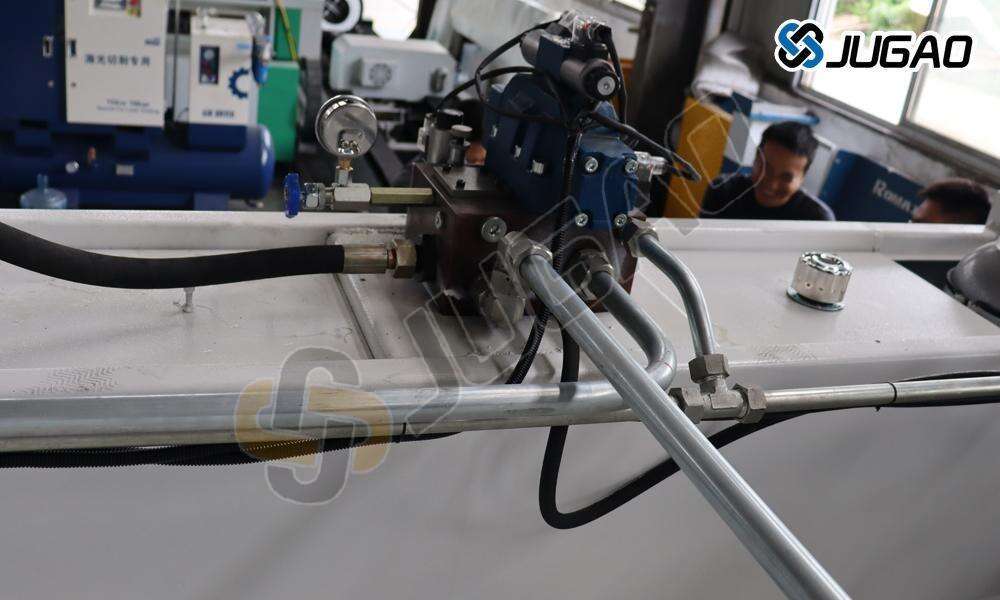
For the hydraulic cylinders in an electro-hydraulic servo CNC bending machine, achieving equal leakage in both cylinders necessitates high-precision components—such as upper and lower piston rods and cylinders—with closely matched dimensional accuracy (including radial and cylindrical tolerances). Additionally, the hydraulic control circuits for both cylinders should be identically designed.
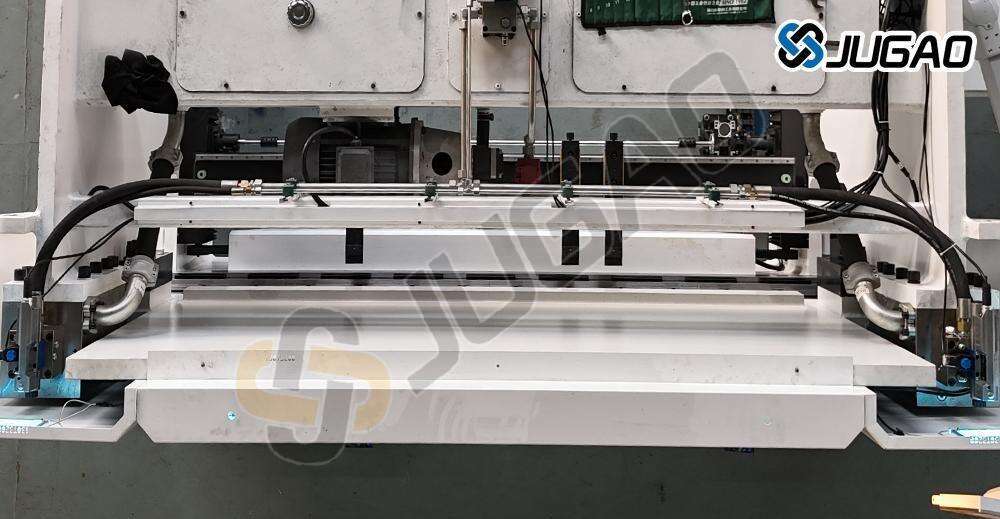
Operational Guidelines for Electro-Hydraulic Press Brakes:
When bending sheets of different thicknesses or materials, carefully adjust the compression spring load and cutter clearance to avoid spring fracture or blade damage. Never force adjustments by blocking, striking, or over-tightening components. Always stop the machine before adjusting slide rail or tool clearances. Do not contact the cutting zone or handle materials during operation. Operators must be familiar with the machine’s structure and performance limits, and avoid exceeding design specifications.
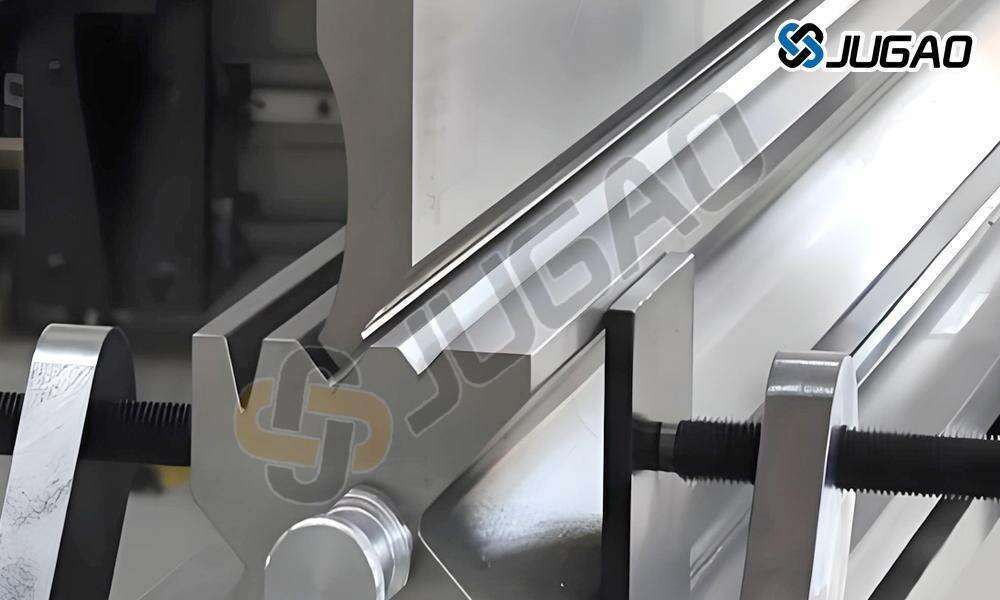
Before starting the electro-hydraulic CNC press brake, lubricate according to manufacturer specifications. Check oil level and quality via the oil gauge, and replace the plug if necessary. Set the upper and lower blades appropriately before operation; the blade gap should generally be 5–7% of the sheet metal thickness. Each time the gap is adjusted, manually rotate the gears to traverse the left and right blades repeatedly. Use calipers to verify the gap and maintain sharp blade edges. promptly sharpen or replace any damaged or dull blades.
